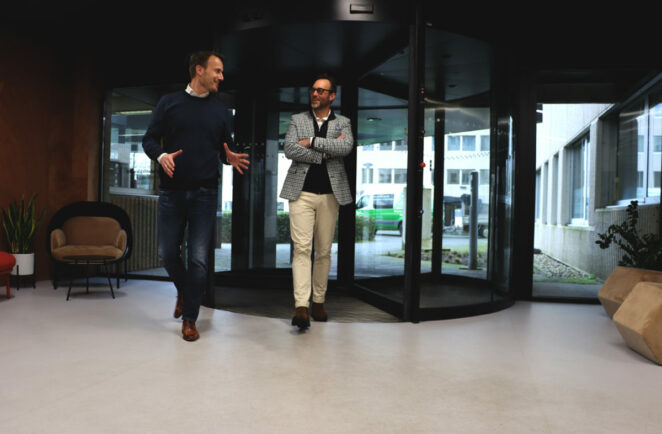Byner

Great news! Salesforce consulting partner, Talent Peaks now fully dedicated to Byner, Europe’s frontrunning platform and catalyst for growth in Staffing & Recruitment.
Check out all about Byner here
For many years, we have been implementing Byner and other Salesforce solutions at leading companies in Staffing & Recruitment. We have done this with so much impact, enjoyment, and success that we have decided to fully specialize and focus our consulting services entirely on the Byner platform.
Discover how you can take your business to the next level
Get a free demo
Why Byner?
Being a niche Salesforce Partner of Choice – Talent Peaks has been guiding staffing & recruitment companies towards success for years now. However, we were increasingly confronted with the flaws of traditional solutions.
Plus, we recognized an evolving need within agencies: they were no longer looking for just a supplier, but needed a true partner. A partner who understands their business, who leads the way and walks alongside with them on the path to success.
Raise the bar
We had a clear vision of what could be. A better, more efficient, and more collaborative way of working. High time for a change. To raise the bar and elevate the Staffing & Recruiting industry and the way agencies operate.
Set a new standard
That’s why we created Byner. Not just another player in the field; we’re here to redefine the industry. Byner stands as a testament to innovation, expertise, and a deep commitment to partnership. Our goal is to not just meet expectations but to exceed them, setting a new standard for how agencies operate and succeed.
Join us on this journey. Together, we’re not just changing the game; we’re creating a new one.